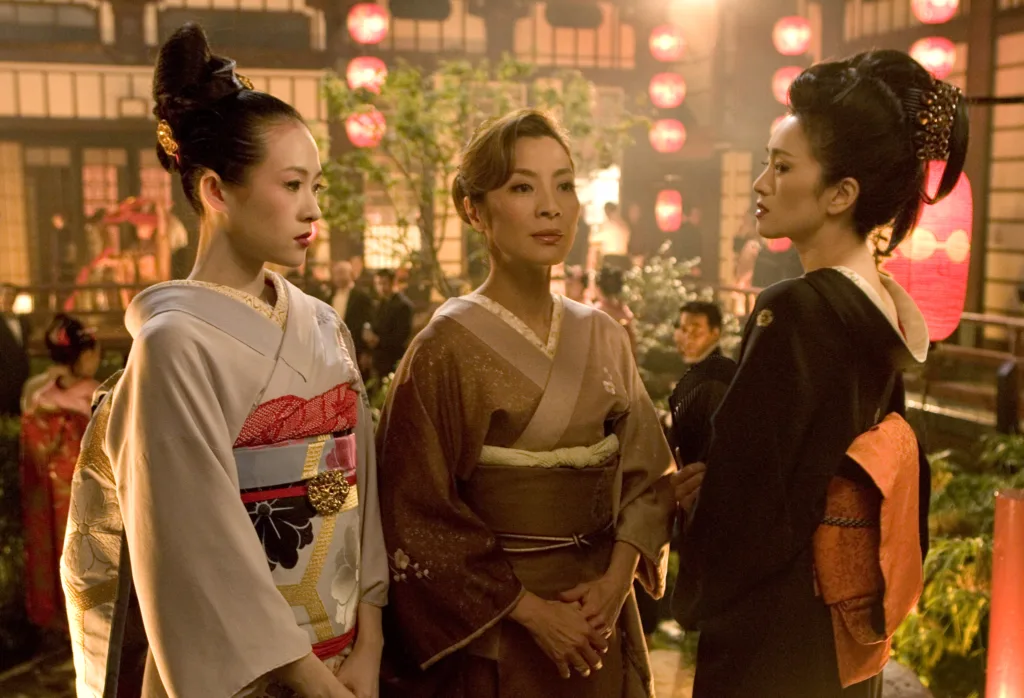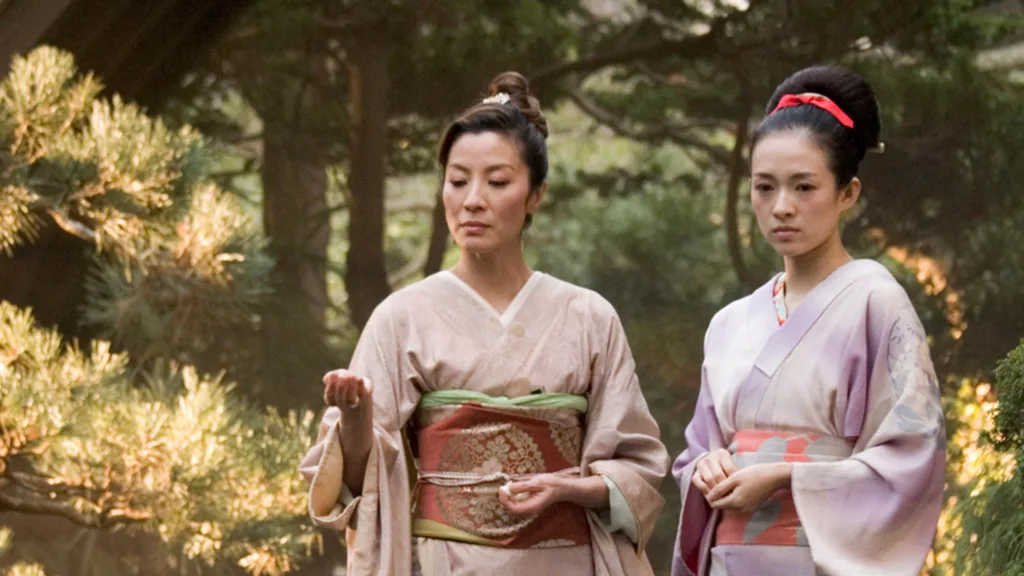Memoirs of a Geisha is a novel written by Arthur Golden that was published in 1997. It tells the story of a young girl named Chiyo who is sold by her family to a geisha house in Gion, Japan. The novel follows her journey as she becomes a successful geisha named Sayuri, navigating the complex and often dangerous world of Gion.
The novel has received both critical acclaim and controversy since its publication. On one hand, it has been praised for its vivid descriptions of geisha life and its exploration of Japanese culture. On the other hand, it has been criticized for perpetuating harmful stereotypes and inaccuracies about geisha and Japanese culture.
One of the main criticisms of Memoirs of a Geisha is that it presents a skewed and romanticized view of geisha life. The novel portrays geisha as glamorous and exotic entertainers, rathr than the skilled artists and musicians they actually are. It also portrays their relationships with men as primarily sexual in nature, rather than the more complex and nuanced relationships that they often have with their clients and patrons.
Additionally, the novel has been criticized for its portrayal of Japanese culture. Some have argued that the novel presents a stereotypical and Orientalist view of Japan, perpetuating harmful stereotypes about Japanese women and culture. Others have criticized the novel for its inaccuracies, such as the use of Japanese terms and customs that are not historically accurate or are used inappropriately.
Perhaps the most controversial aspect of Memoirs of a Geisha is its authorship. Arthur Golden, a non-Japanese author, wrote the novel based on interviews with Mineko Iwasaki, a real-life geisha. Iwasaki later sued Golden for defamation, claiming that the novel portrayed her in a negative light and revealed personal details about her life without her permission.
Memoirs of a Geisha is a novel that has both captivated and divided readers since its publication. While it has received praise for its vivid descriptions of geisha life and exploration of Japanese culture, it has also been criticized for perpetuating harmful stereotypes and inaccuracies. Ultimately, it is up to the reader to decide whether or not they find the novel problematic.
What Did Memoirs Of A Geisha Get Wrong?
Memoirs of a Geisha is a work of fiction that takes place in a particular cultural and historical context. While the novel may offer some insights into the world of geishas, it is not a reliable source of information about the lives of these women. Some critics have pointed out that the book presents a somewhat distorted and romanticized view of geisha culture, and that it perpetuates certan stereotypes and misconceptions.
For example, the book portrays geishas as being primarily involved in entertainment and sexual services, which is not entirely accurate. Geishas are skilled performers and artists who provide a range of services to their clients, including conversation, music, dance, and games. While it is true that some geishas may engage in sexual relationships with their clients, this is not a central part of their profession.
Additionally, the book presents a somewhat idealized view of the geisha community, which is portrayed as being harmonious and supportive. In reality, geishas often faced competition and rivalry within their own ranks, and their relationships with other women in the community could be fraught with tension and jealousy.
While Memoirs of a Geisha is an engaging work of fiction, it should not be taken as a definitive or accurate portrayal of geisha culture. To gain a more nuanced and authentic understanding of this complex tradition, it is important to consult a range of sources, including historical records, personal accounts, and scholarly analyses.

Is Memoirs Of A Geisha Inappropriate?
Memoirs of a Geisha is a novel that conains mature themes and explicit content, which may not be suitable for all readers. The book explores the world of geishas, their traditions, and their relationships with men. There are several scenes that depict sexual encounters, and the characters use graphic language to describe their experiences. Additionally, there are instances of violence and abuse that can be triggering for some readers. Therefore, this book is not appropriate for young readers and should be read by mature individuals who can handle the explicit content. It is recommended for readers aged 16 and above, especially those who are interested in exploring different cultures and lifestyles through literature.
How Accurate Is The Book Memoirs Of A Geisha?
The accuracy of the book “Memoirs of a Geisha” has been a topic of debate sice its publication. The author, Arthur Golden, has stated that the book is a work of fiction and that the main character, Sayuri, is wholly fictional. The novel is set in the pre-World War II era of Japan, and the circumstances and plot of Sayuri’s life do not resemble the life of the real-life geisha Mineko Iwasaki, on whom some have speculated Golden drew inspiration from. While the book does provide some insight into the world of geishas and their culture, it should not be taken as a historically accurate representation of their lives. It is important to keep in mind that the book is a work of fiction and that the author took artistic liberties in creating the story and characters.
Why Does The Baron Undress Sayuri?
The Baron undresses Sayuri with the intention of satisfying his own sexual desires by looking at her naked body in the mirror. He is shown to be a drunk and an uncaring man who treats Sayuri as an object of pleasure rther than a human being with feelings. It is implied that he bids for Sayuri’s virginity out of his desire for power and control, rather than any genuine affection towards her. The act of undressing Sayuri in front of him is a manifestation of his objectification of her, reducing her to a mere commodity to be used for his own pleasure.

Conclusion
Memoirs of a Geisha is a captivating novel that takes readers into the fascinating world of geishas in pre-World War II Japan. Though it is a work of fiction, it offers a glimpse into the intricate rituals, customs, and lifestyles of geishas, as well as the challenges they faced in a patriarchal society. The author’s writing style is descriptive and vivid, painting a rich and detailed picture of the characters and their surroundings. While the book contains explicit sexual content, it is not gratuitous and serves to enhance the storytelling. Memoirs of a Geisha is a must-read for thse interested in Japanese culture, history, and the human experience.
